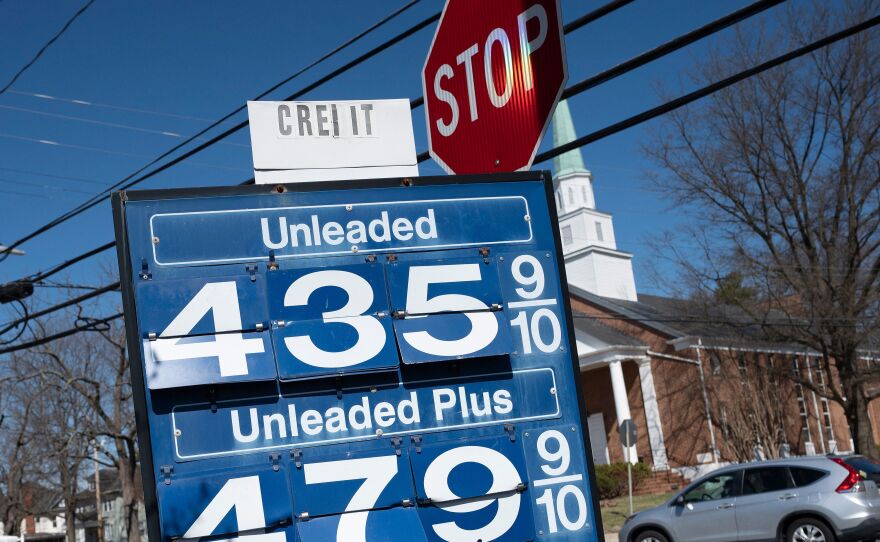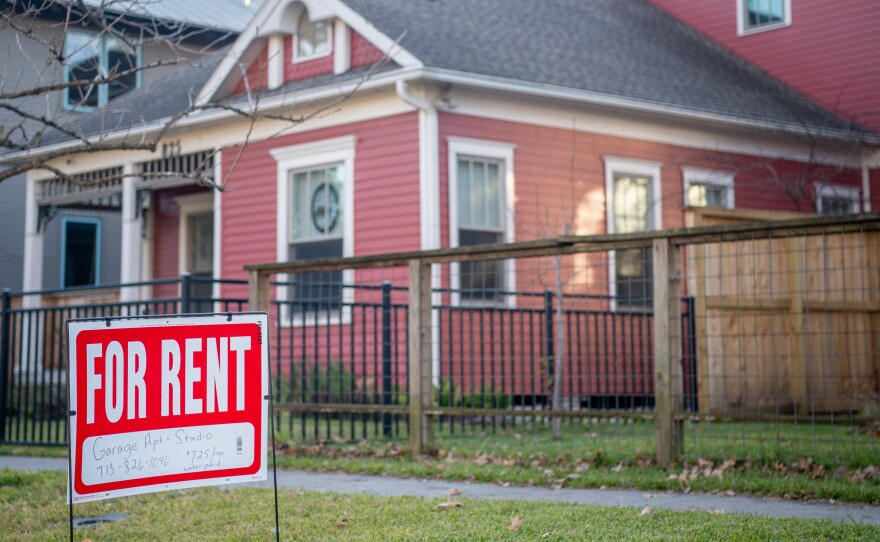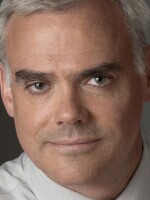The Federal Reserve raised interest rates Wednesday for the first time since 2018, kick-starting its efforts to tackle the country's highest inflation in four decades.
The central bank raised its benchmark rate by a quarter percentage point, marking the beginning of the end of the ultra-easy money policies that have been in place since the early days of the pandemic.
Additional rate hikes are likely to follow in the coming months. On average, Fed policymakers said they expect interest rates, which have been near zero, to climb to around 1.9% by the end of this year.
"As I looked around the table at today's meeting, I saw a committee that's acutely aware of the need to return the economy to price stability and determined to use our tools to do exactly that," Fed chairman Jerome Powell told reporters after the central bank's rate-setting committee held its first in-person meeting since the beginning of the pandemic.
Annual inflation reached 7.9% last month
"It's punishing for everyone," Powell said. "If you're a middle-income person, you've got room to absorb some inflation. If you're at the lower end of the income spectrum, it's very hard because you're spending most of your money already on necessities and the price is going up."
The Fed faces a tricky balance
The central bank is walking a tightrope as it tries to tamp down spending just enough to bring prices under control, without tipping the economy into recession.
That balancing act was made even tougher by Russia's invasion of Ukraine, which triggered a sharp jump in gasoline and grain prices. Those increases are further raising inflation prospects in the near term, while also threatening to slow economic growth.
"The invasion of Ukraine by Russia is causing tremendous human and economic hardship," the rate-setting committee said in a statement. "The implications for the U.S. economy are highly uncertain, but in the near term the invasion and related events are likely to create additional upward pressure on inflation and weigh on economic activity."
Fed policymakers lowered their forecast for economic growth this year to 2.8%, down from 4% that was projected in December.
"The more money consumers are pouring into the gas tank, the more money that's being spent at the grocery store, the less money that's available for other discretionary spending," said Greg McBride, chief financial analyst at Bankrate.com.
The Commerce Department reported Wednesday that consumer spending at gas stations jumped 5.3% last month, while retail sales elsewhere declined.
While the Fed's initial rate hike was modest, Powell said larger and more frequent increases could follow if inflation doesn't begin to decline soon, as officials expect. One member of the rate-setting committee, St. Louis Fed bank President James Bullard, wanted to raise rates by a half-percentage point on Wednesday.

Policymakers predict more aggressive rate hikes
In December, most Fed policymakers thought they would need to raise interest rates about three times this year, by a quarter-percentage point each time.
Since then, the inflation outlook has worsened and policymakers telegraphed a more aggressive approach with two-thirds of the committee members projecting seven or more rate hikes this year.
Even so, borrowing costs are likely to remain low by historical standards.
"It's going to be quite some time before interest rates themselves become a headwind to the economy," McBride said. "We're starting from near-zero levels and the Fed is likely to move in quarter-point baby steps."
Rising interest rates will quickly result in higher borrowing costs for credit cards and car loans.
Mortgage rates have already increased. According to Freddie Mac, the average 30-year fixed-rate home loan cost 3.85% last week, up from 3.05% a year ago.
People with money in the bank, however, may not see increased interest on their savings accounts.
"Most banks are already swimming in deposits," McBride said. "They're going to be very slow to raise interest rates and pass along those benefits to savers, if they even do so at all."
Some online banks may be quicker to boost interest payments on deposits — though not enough to offset the erosion of value from inflation.

Inflation proved more stubborn than the Fed expected
For much of last year, Fed officials thought that inflation would be "transitory," easing on its own as the public health outlook improved and snarled supply chains were straightened out.
That forecast proved overly optimistic. Although the U.S. has now recovered more than 90% of the jobs that were lost during the pandemic, businesses continue to struggle with shortages of workers and materials.
"The help we've been expecting and other forecasters have been expecting from supply-side improvement, labor force participation, bottlenecks — all those things getting better, it hasn't come," Powell said.
Supply challenges could be aggravated by a fresh surge of coronavirus infections in China, which has prompted an aggressive crackdown and shuttered factories in the high-tech hub of Shenzhen.
While some price increases are clearly the result of pandemic-related shortages — like the shortage of semiconductors that contributed to the high cost of new cars — inflation is increasingly widespread. It's affecting the cost of necessities such as rentand electricity, as well as discretionary items like baseball tickets.
Wages have also been climbing, though not as fast as prices on average.
The Fed is on the lookout for the kind of wage-price feedback loop that contributed to runaway inflation in the 1970s, when workers demanded higher pay to offset rising prices and employers' growing payroll costs were passed along to customers.
One warning sign of such a wage-price spiral would be a jump in long-term expectations for inflation. A new survey by the Federal Reserve Bank of New Yorkfinds Americans think inflation will still be 6% a year from now but will settle back to 3.8% within three years.
Copyright 2024 NPR








